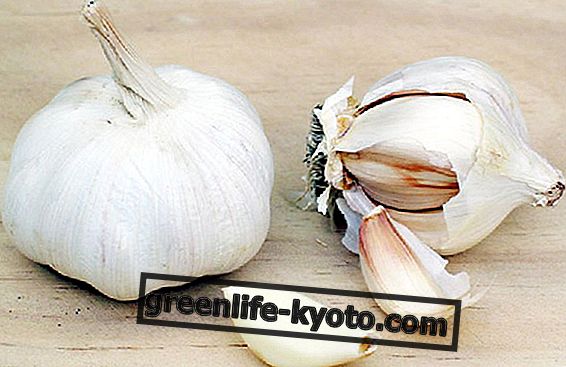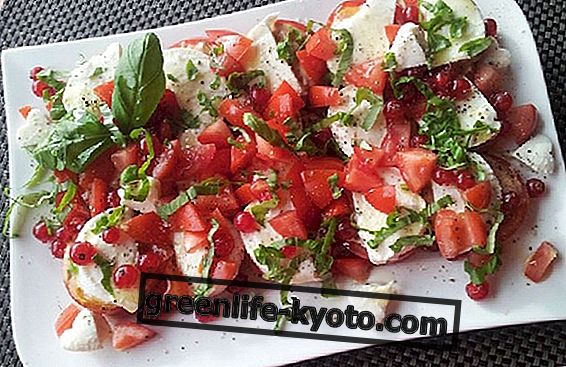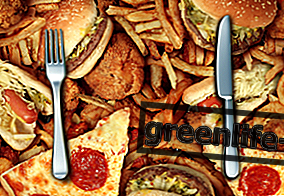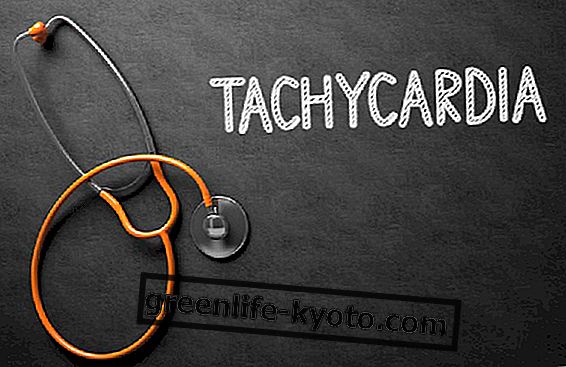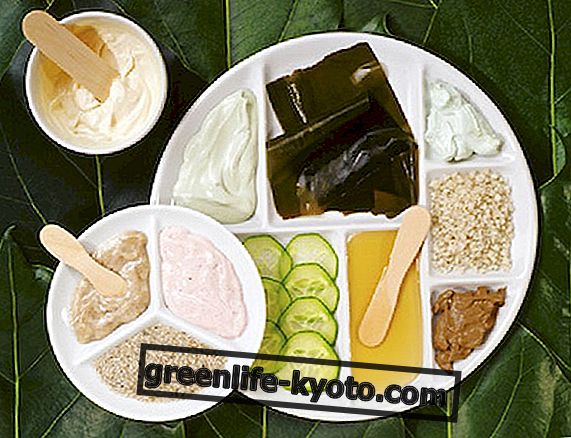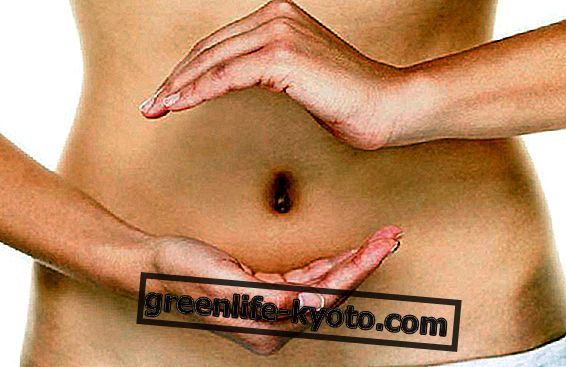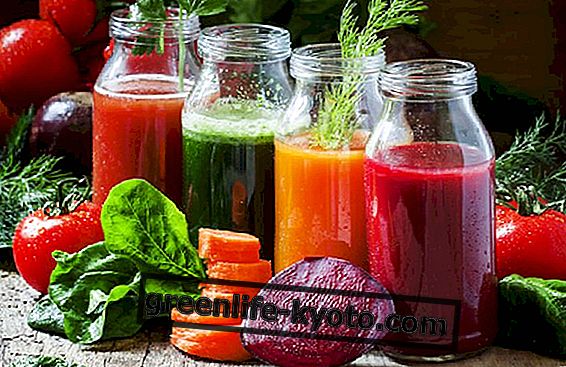
When we consider a drastic change in the diet we must always inform ourselves in the most complete manner, discovering all the possible pros and all possible cons .
Not only that, it is important to evaluate them both in the short and long term. In fact, many diets are able to give short-term positive feelings and results, but have long-term side effects; or, vice versa, in some cases diets that seem to have negative effects right away, then result in beneficial results after a medium-long period of adjustment.
The raw or raw food diet, considered until a few years ago a joke or, at best a utopia, is nowadays more and more socially accepted: we see it promoted also by athletes, dieticians, scholars, doctors.
Together we evaluate the pros and cons of an entirely raw diet, a complete raw food that does not allow us to ingest any cooked or sophisticated food.
After years of experimentation, we now begin to have an idea also of what happens to the body and its long-term health.
Raw food diet: Ph and dietary fiber
Generally there are few differences between a 100% raw and an 80/20 diet, so once this percentage is reached, it is useless to force the body if it makes us less happy and more stressed.
Being raw food means eating almost exclusively vegetables, since most basic foods like pasta, bread, potatoes, cereals, tofu and various legumes are excluded, as well as meat, fish, eggs and dairy products.
This means having more chances to consume fruit and nuts, very important sources of oils and antioxidants able to maintain the body's pH, an essential condition to prevent the appearance of many cancers, together with the large amount of dietary fiber contained in vegetables, which helps us keep arteries and intestines clean.
However this large amount of fiber, especially because it is not cooked and therefore in some way predigested, can trigger fermentation processes, production of intestinal gas and digestive problems.
Raw integralist diet: the question of fats
Let's talk about lipids, or fats. We all know well that vegetable fats, the unsaturated fats, are the best for health and can very well replace the so-called bad cholesterol.
However it is important, during the raw diet, to balance the consumption of these well: olives, avocados, nuts and other seeds can bring numerous calories together with the supply of fat, while if we are careful not to ingest too many calories we could go into the reserve of healthy lipids .
This aspect of the raw diet must be well calibrated and we must always be aware of it, it often happens that in considering a healthy and positive food for our health, we make the mistake of eating too much. Both quantity and quality must always be well balanced.
Raw integralist diet: and proteins?
The problem of finding protein in the raw vegetable world is what drives many people to stop at the 80% threshold, so they can count on a percentage of 20% to be able to ingest the necessary proteins through legumes, meat, fish and products of animal origin.
We know that many nuts and seeds contain proteins, but again we need to balance our diet well so as not to overdo it and to exceed in calories.
It must be said that a hypoprotein diet is always better than a high protein one and that to have a real physical problem due to lack of protein it is necessary to reduce to malnutrition levels.
The pros of a raw fundamentalist diet
Obviously eating raw involves an easy and complete absorption of vitamins, minerals, proteins and enzymes that in the absence of cooking and culinary processes make their entry into our body in the best conditions of absorption: many vitamins and many enzymes are thermolabile or oxidize with extreme ease during cooking and processing.
Based on the data currently available to us, it seems that an ideal and safe diet, if you are not fully aware of the needs of the body and you do not have available first choice ingredients, is the one that alternates periods of whole raw food, interspersed with periods in which falls to a percentage of at least 20% cooked food.



